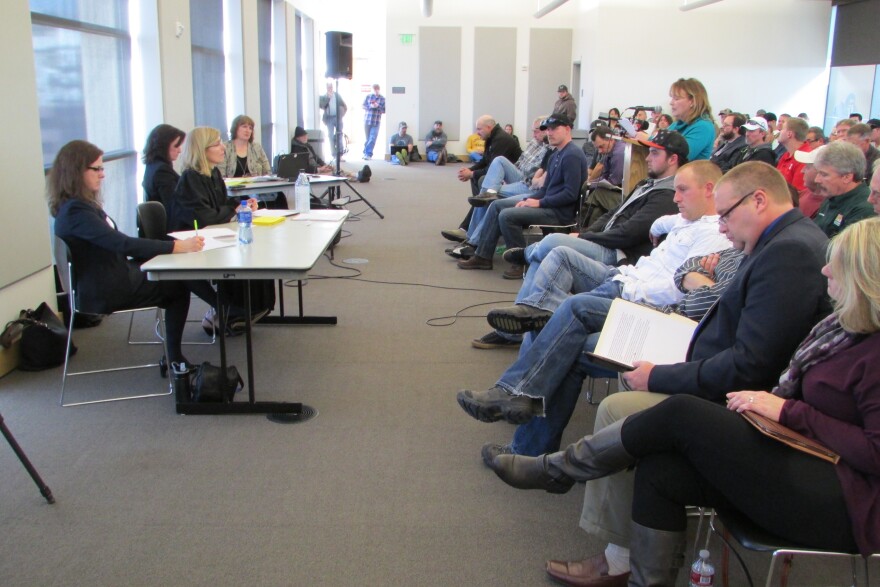Federal regulators visited Salt Lake City Tuesday to hear from Utahns about how to deal with the haze that plagues national parks of the West. People from Utah’s coal country and its environmental community gave U.S. Environmental Protection Agency officials an earful of advice Tuesday.
During hours of public hearings, the question was on whether to order new emissions controls for PacifiCorp’s two coal-fired power plants in Emery County. What environmentalists call the “Clean Parks Plan” would require the plants to install another $600 million in clean-air equipment. Mary McGann, a Grand County Councilwoman, told the EPA that clean air and a healthy economy can coexist.
“Please protect Utah’s health, environment and tourism industry,” she said. “Require Utah to implement the Clean Park Plan. Thank you very much.”
The environmental groups and the National Park Service support that plan. But state regulators say their analysis shows that the expense won’t pay off in lower pollution, and their supporters packed a Salt Lake City Library meeting room. Around 300 coal miners and their supporters urged the officials to stick with Utah’s plan to reduce emissions.
“Are we truly trying to clean the air, or are we just trying to cripple industry, jobs and our way of life?” asked Bill King, an engineer for Canyon Fuel Company. “We need to approve Utah’s current regional haze state implementation plan.”
EPA officials said they’re still considering arguments made by both sides. They’ll be taking comments through March 14 before deciding.


